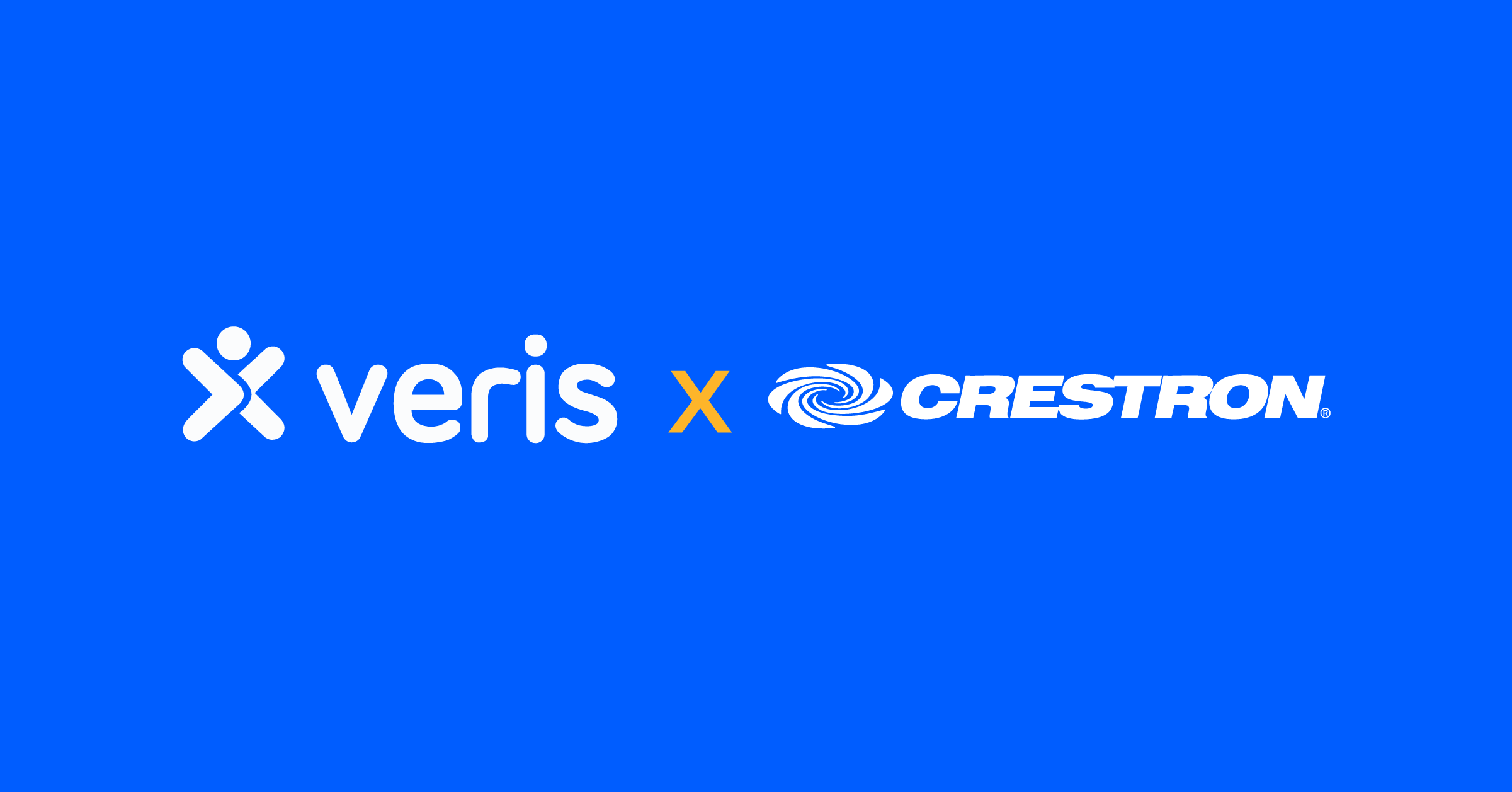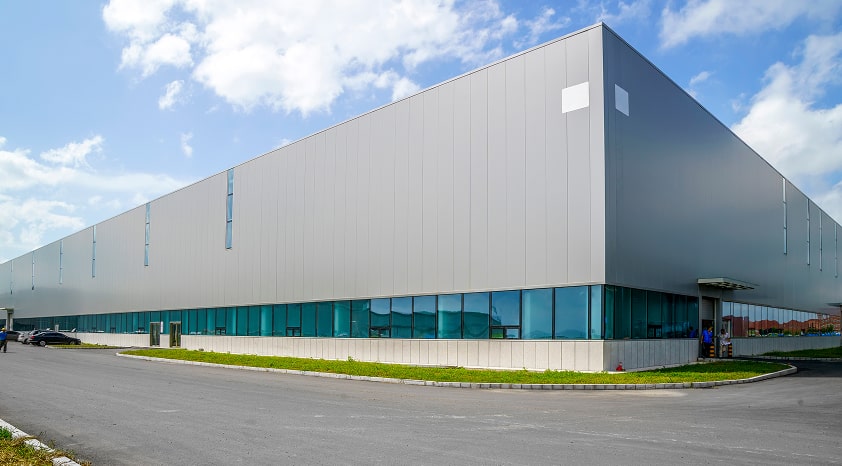Hybrid is now widely regarded as the perfect way to transition into the future. Bringing a perfect blend of necessary in-office collaboration with the flexibility of working from home, hybrid workspaces have ensured that it is the future of working. This is backed by a very high adoption rate and the opportunity of reducing costs that nearly 74% of the industry leaders see.
Sundar Pichai, the CEO of Google and Alphabet wrote a letter detailing how the tech giant will operate post-pandemic. The key highlights from this letter were:
- A 3-2 work week, where employees come to the office for 3 days and work from wherever they are most comfortable for the other 2
- A choice to apply for a fully remote work option
- Work from anywhere weeks where the employees can work from anywhere for 4 weeks a year.
This is no surprise; giants such as GOOGLE would ensure future readiness. This is also to counter the effects of great resignation, with nearly 20% of employees still looking to change their job in a year and 57% willing to leave their company if they had to return to the office full-time.
There is a race to go hybrid, it’s certain that hybrid is here to stay and all organizations are looking to go hybrid but what process can you follow to make this transition easy? Let us understand this in 3 easy steps.
What is a Hybrid Work Schedule?
It is an amalgamation of remote and in-offce work. The future offices don’t need huge infrastructure just for the sake of its operation. Majority of the offices now work with hybrid work model. Wherein hybrid work scheduling plays a pivotal role.
Steps to Create the Perfect Hybrid Work Schedule
1- Listen, Collect Feedback, and Create your Database
The first step is to ask your employees with communicating at all levels. Why do you need to do this? Because the last thing your employees need is something is just imposed upon them. A simple survey across all levels of your organization will go a long way in making the process organic and the transition happy.
This will help you create a database which is specific to your organization, which will act as a perfect guide for creating a the best hybrid remote work schedule.
Pro tip: Don’t just use scheduling to increase work, use it for also scheduling fun team activities at regular intervals.
2- Understand Needs, Make a Schedule.
Make sure you understand each group’s needs. Customize your survey questions according to each group’s specific needs. This will help you understand which teams need to collaborate more and schedule them accordingly. Second, you will utilize your office space in a much better way. This will make your hybrid work schedule even more effective and implementation easier.
Even after collecting enough feedback and data, it must be remembered that these schedules are not set in stone, they should be dynamic What is a hybrid workplace if not flexible?
If the long-term needs of a team are set, you can easily understand what would fit better; remote first or office first. But, if the team needs to keep changing, a flexible schedule is the best.
At Veris, we use the Veris Desk Booking software to fix schedules, here are some hybrid work schedule examples of different schedules for different teams:
- The tech team uses it to book desks only one day a week (Wednesday) along with Maximus (our meeting room) for 2 hours every Wednesday; making this a remote-first setup.
- The marketing team uses the software to book seats for all days except for Wednesday which is their allotted work-from-home day; making this an office-first setup.
- The sales team uses the same software to decide for each week. They can check availability and see what schedule suits them more for the week, making this a flexible workplace setup.
The admin can also use the rostering feature to allot specific seats to employees and teams.
3- Take Small Steps
Change can be a scary thing and a sudden change even scarier. Start small, select small groups to implement your hybrid work schedule. Monitor them regularly, and ask for more feedback to refine your process even more.
Use Smart Analytics to determine how much better you are utilizing your space.
- Change can be scary and asking all of the employees to do it at once can be scary
- Start small, pick specific groups to implement this
- Monitor them regularly
- Collect more data and feedback
Who Picks? – Employees or the Management?
Employees Pick
This is a scenario that is almost synonymous with the hybrid set-up. When people think of hybrid they mostly assume that the choice of setting up the hybrid schedule lies with the employees. There are a few things one must remember. In a remote first set up where office spaces are available and employee traffic is comparatively less, employees can pick a schedule.
This option is best when employees need a specific team to collaborate with and for shorter durations of time. This way desks don’t stay booked for long periods. The Veris Desk Booking system provides live maps and availability status to make it easy for employees to reserve a desk.
Management Picks
If it’s an office first set up then you can let the management pick schedules; this is best done through a process called rostering. Identifying the employees and teams that need to collaborate regularly and giving them schedules that best match their needs.
How can rostering help?
You can use the rostering feature to fix team schedules for the short-term or long-term. This gives you complete control and will lead to an office space that is fully optimized. Here is how it works:
- Open the app
- Select the seating areas you want to designate the teams
- Block and book them for teams for the required time
- Each and every employee will be informed about the booking and desk details
All of this is made simple by Veris; the first and only platform to offer this. Veris understands that space utilization is essential, but managing a large office team can be a hectic task. The rostering feature allows you to do this in just a few clicks with rostering.
Stay Flexible
There isn’t a one size fits all solution for hybrid workplaces that needs to be one thing the most and that is being flexible. Always remember to keep the communication door open. Collect feedback at regular intervals, understand the changing requirements and use the data collected to adapt and prepare for the future.





































.avif)
.avif)





